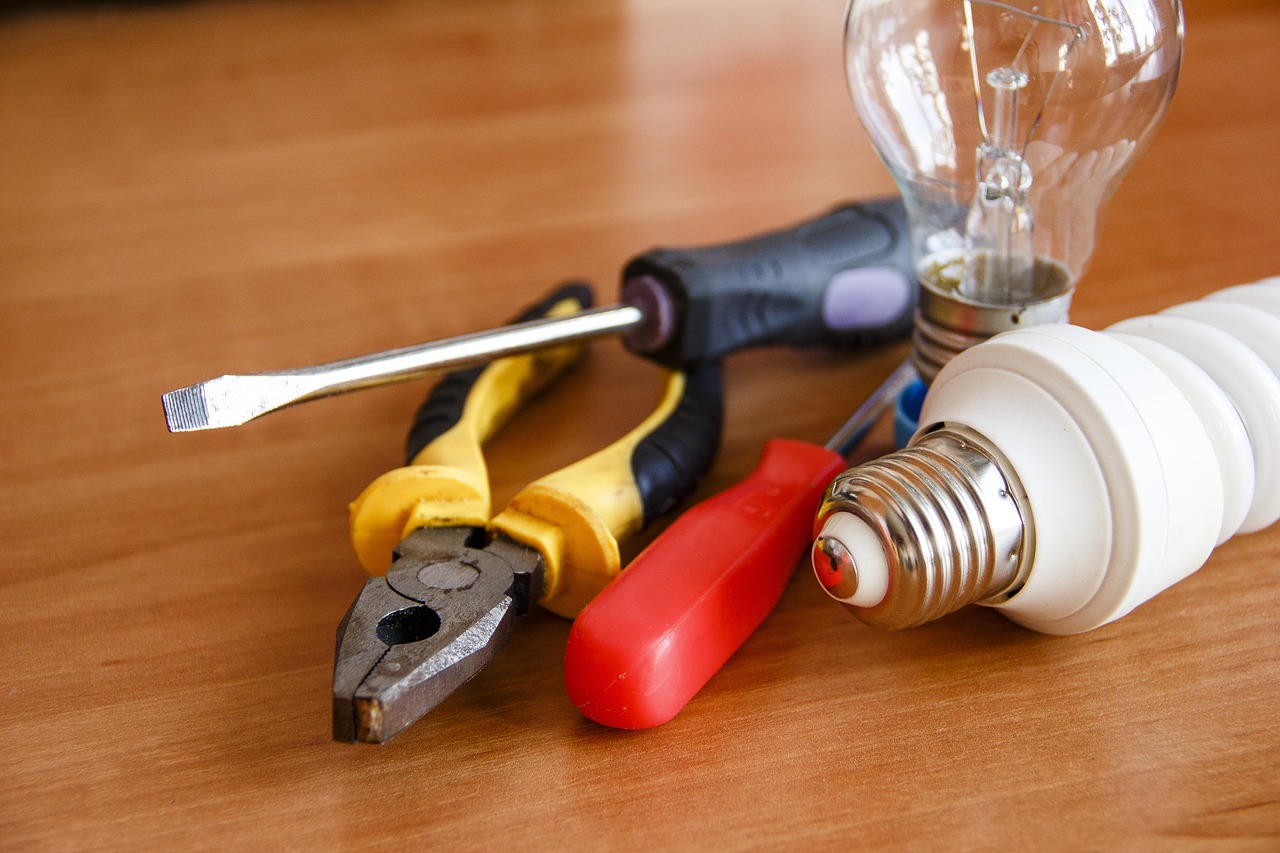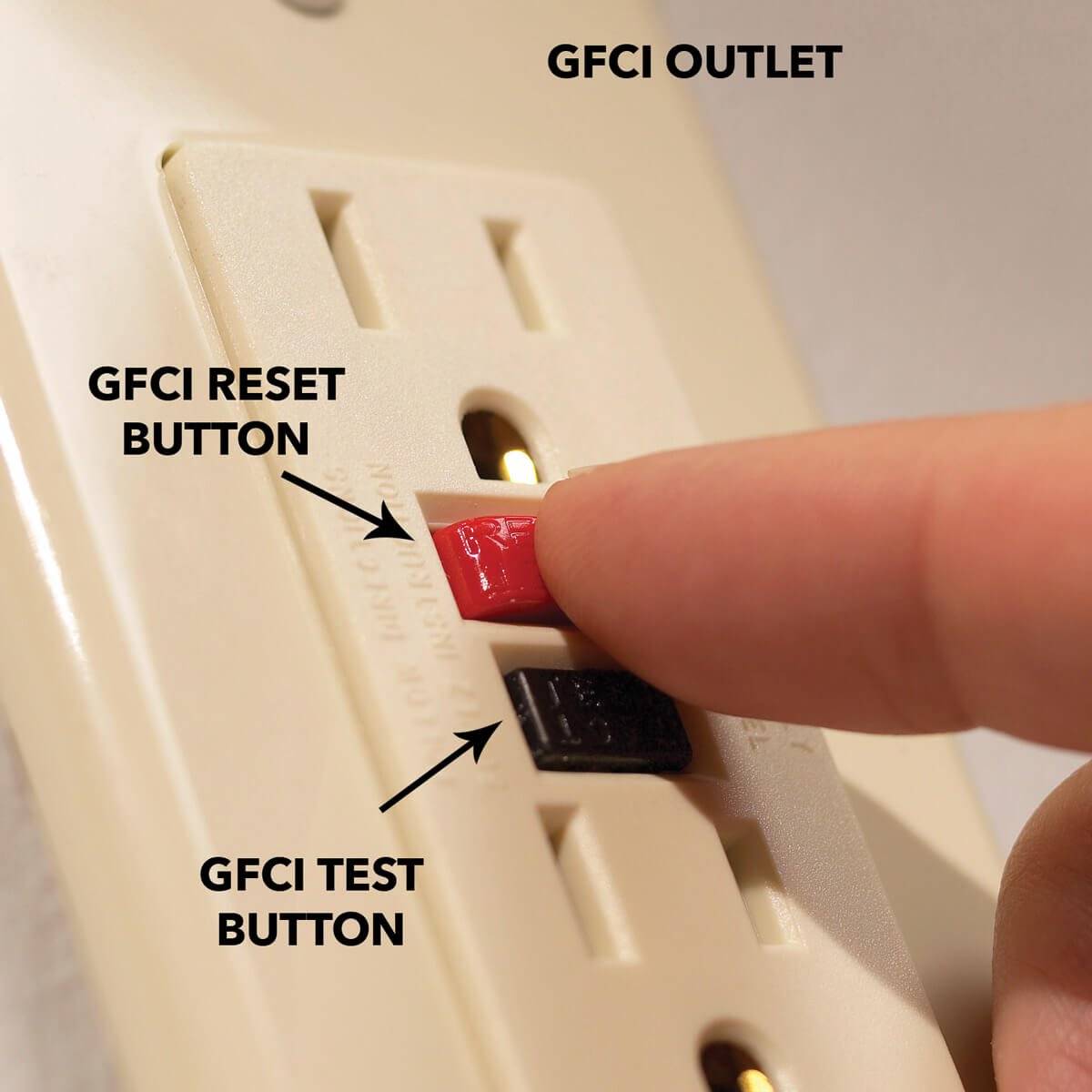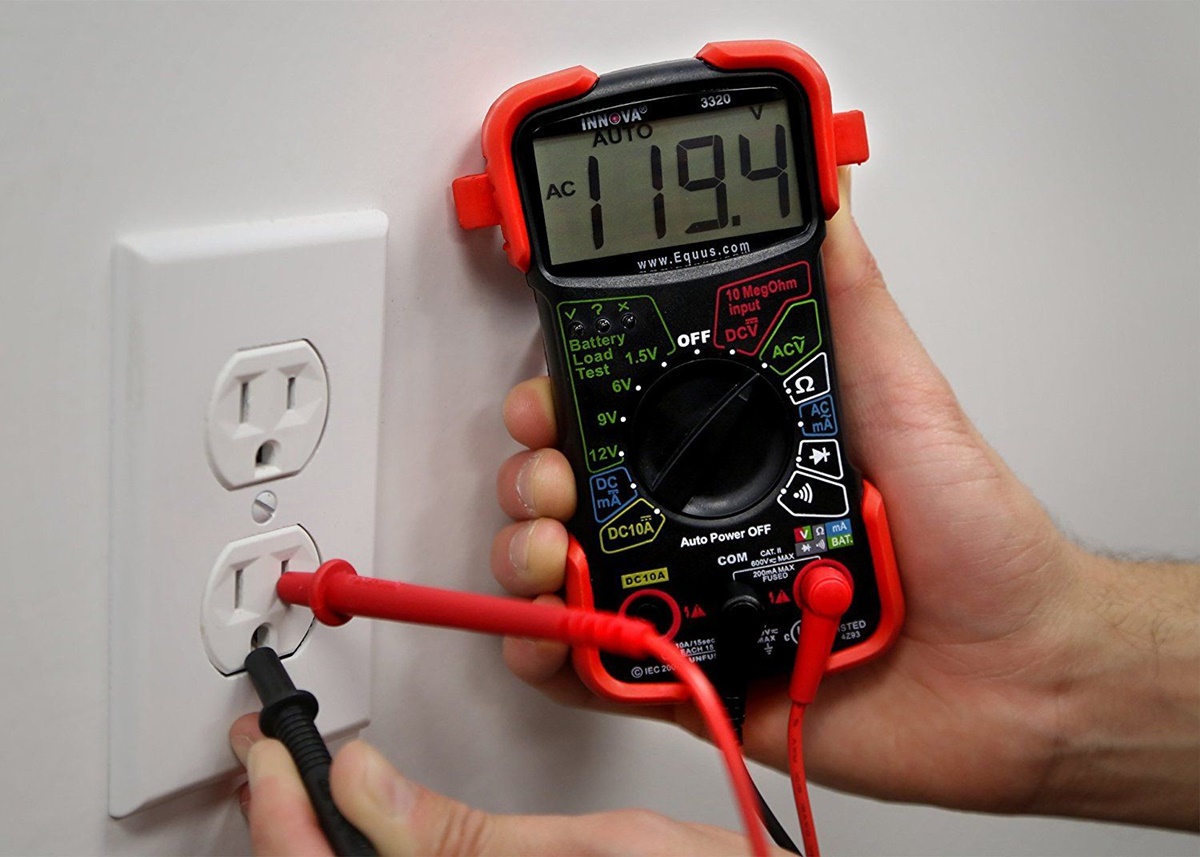For most people their home’s electrical system tends to be just one big mystery. Admittedly, though we all like improving our homes and make them more comfortable, we typically aren’t too concerned about how things work until something goes wrong. Then we have to struggle through the steps of figuring out what exactly went wrong and, more importantly, how to fix it.
Out today’s article is going to help you take the mystery out of your home’s electrical system. We want you to understand how things work, how to troubleshoot when things go wrong and how to safely complete the most common electrical repairs. But the first step is to understand what’s involved with your home’s electrical system. Let’s dive into it!
How does power get from the utility into your home?
Your main electrical service panel can be located either inside or outside of your house or apartment. That’s where the meter, main breaker, and your distribution plant panel are. Inside this big combination service center, the power is transformed and travels by the ductwork into your home. First, it goes through the meter so that they can charge you for the electricity used. So, the power flows through and out of the meter socket and then enters the panel. Then the power enters the main breaker and other breakers. When you turn on the pull breaker, the electricity starts feeding all the busbars that each of the breakers picks up and feeds the power throughout your home.
But what can actually go wrong in this neatly and wisely organized system? Let take a look at some common problems that may arise in the electrical kingdom.
Lights and outlets not working
One of the most common service problems is lights and outlets not working. So, here’s a couple tips before calling home electrical repair service.
First, go ahead and check your breakers. A lot of times the reason behind an outlet or lights not working is simply a breaker being tripped. What you want to do is to identify your breaker panel. Normally when a breaker trips, you can find it in the mid-position. So, all you need to do is to reset that breaker by turning it off and then back on again.
Next, if you check the breaker and discover that your outlet or lights still not working, go ahead and check your GFCIs. GFCI would be a ground fault circuit interrupter, and a lot of times the situation in question may be a result of the improperly working GFCI. As you might have guessed, you should check your GFCI to find out if it’s the case. Just press your GFCI. If you hear a click from it, it’s more than likely that it’s been tripped.
If you follow our recommendation to the point, but still find out that the problem persists, direct your attention to a receptacle. That’s probably when you want to have a professional electrician come in because what could be happening is problems with a battery receptacle. It also may be a loose connection causing some problems underneath that cover.
Light bulbs burning out frequently
If you discover that your bulbs burn out quite frequently, the problem can be more serious that you might think. It could be more that just overuse. You may have a loose connection in the socket or circuit. And recessed lights that go out may do so because they’re too hot, because of nearby insulation. If operating properly, recessed lights are designed to shut themselves off in the special cases so as not to create a fire hazard. If you don’t have any experience of working with electricity, we strongly recommend that you abandon your attempts to troubleshoot and fix the possible problem by yourself.
Flickering and dimming lights and dead outlets
This could be a sign of a poor connection in your circuit which can lead to eventual arcing. The poor connection can be the culprit again when it comes to dead outlets. Also, the breaker may have tripped to prevent an excessive heat buildup that could result in the outlet or wiring melting.
To test your breaker for power, touch one lead of your tester to the neutral wire and the other one on the screw to the breaker. If you discover that there is no voltage on one of your breakers, this means that it doesn’t put power out properly and thus needs to be replaced.
Tripping breakers
Tripping breakers can be a sign that your circuit is drawing too much electricity, and you’re experiencing an overload. If this happened constantly, it’s definitely a potential fire risk. In such a case, you should add or even consider upgrading your electrical service. Your breaker also may be tripping at a lower current than what it’s rated for. So, if you have 20 amp breakers, they can run 16 amps continuously, and it’s tripping it, say, 5 amps after running for 10 or 15 minutes, then you would need to replace that breaker.
A word of warning
We want to emphasize that certain home improvement projects are dangerous by nature and may present a risk or serious injury or death if not done properly, especially when it comes to dealing with electricity. Therefore, it’s critical that you consult a professional electrician for assistance if you have no proper qualification and/or related experience to perform the work described.










